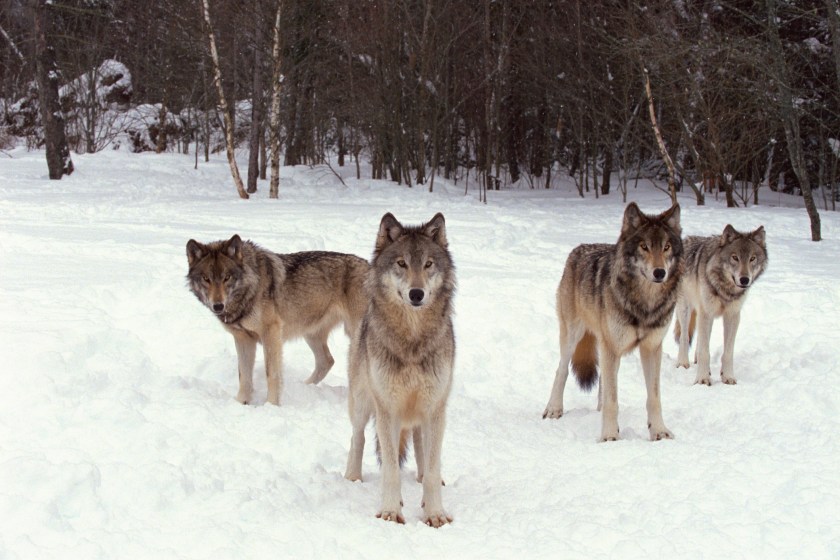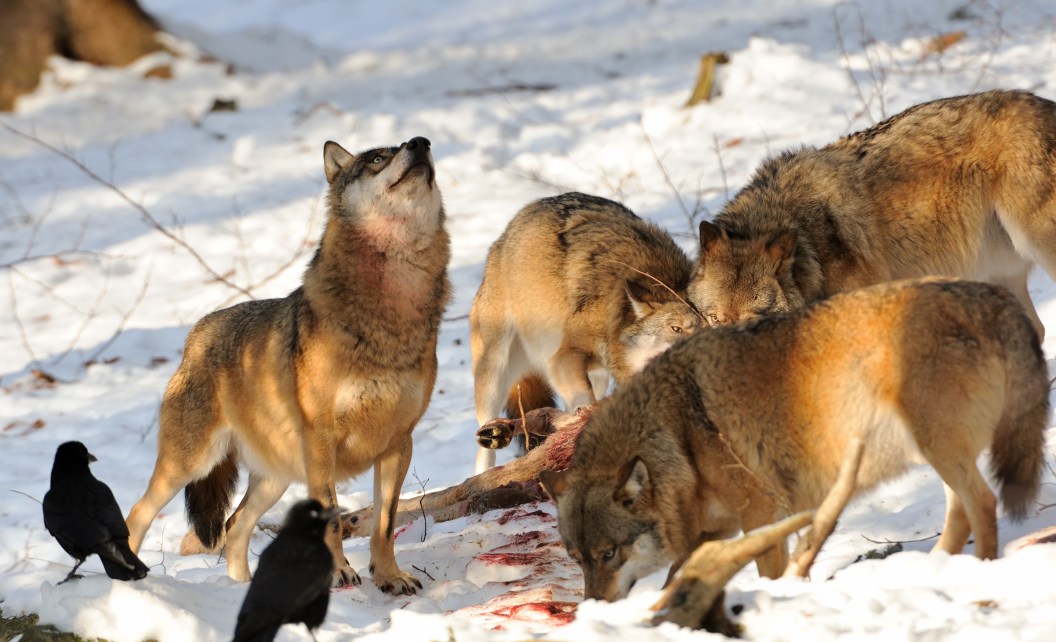Wolves are a hot topic in the Great Lakes States. As populations rebound, some people question whether wolves should remain on the federal endangered species list, where they are labeled "threatened" and continue to grow unchecked, or be removed and reduced via management practices such as hunting and trapping. There are two equally passionate sides to this argument. One side insists that protections should remain on this once-endangered species, while the other side vigorously calls for protections to be dropped.
Minnesota congressman Pete Stauber stands firmly on the side of delistment, meaning to take the wolves off the endangered species list. He recently posted a video on social media that showed a wolf attacking a deer at a work site, which had been sent to him by a logger in northern St. Louis County.
"As you can see, wolves lost any fear of humans and are increasingly dangerous to livestock & pets and decimating our deer herd. Delist!" he captioned the video.
In fact, the state predicted an increase in whitetail deer population in the 2023-2024 year to more than one million in 2023, up from some 950,000 the year before. And "reader context" has been since added to the video that warns viewers: "Deers are wolves natural prey. There is a wolf ratio required to maintain deer population equilibrium."
This is not the first time Stauber has spoken up in favor of delisting gray wolves. On Feb. 6, Stauber penned a letter to House leadership in which he requested that the fiscal year 2024 appropriations package include language delisting gray wolves. This tactic of attaching non-fiscal legislation to budget proceedings is referred to as a bill rider. Bill riders have been used to delist wolves before. In 2011, Senators Jon Tester and Mike Simpson used a similar strategy to successfully achieve the delistment of wolves in Montana and Idaho, respectively.

Getty, Jupiter Images
The Minnesota Department of Natural Resources says about 2,700 wolves make their home within the state, but many residents believe that number is grossly underestimated, the Minnesota Post reported. Stauber told the publication he thinks there are at least 3,500 gray wolves in Minnesota right now, if not more.
In the 2023-2032 Minnesota wolf management plan, the agency states that the current wolf population is well above Endangered Species Recovery Act goal of an established population between 1,251 to 1,400. Wolf population growth in Minnesota has contributed greatly overall to the wolf range expansion across the Midwest states.
On a federal level, the U.S. Fish and Wildlife Service announced earlier this month that wolves in the Rocky Mountains and western parts of the U.S. would not be relisted, citing lack of supporting evidence that the species was in need of protections. At the same time, the FWS announced a plan to develop a National Recovery Plan under the Endangered Species Act (ESA) for gray wolves in the lower 48 states. This is the first time the government has tackled a comprehensive plan for wolf management and recovery. This recovery plan is slated to be available by December.
READ MORE: Wolf and Pit Bull Go Toe-to-Toe




